Fears that a world-class concert hall for London will be built too late and in the wrong place have been voiced by a group of classical music campaigners who have drafted a rival scheme.
Instead of the planned £278m hall, intended to open in 2023 on the site of the Museum of London near St Paul’s Cathedral, an alternative venue on the north bank of the Thames at Blackfriars, opposite Tate Modern, could be delivered faster with less public subsidy and would have better access, they say. “A million has already been spent on finding the wrong answer and now they have another £5.5m to develop it,” said Jonathan Rose, director of the New Queen’s Hall Orchestra, who says his orchestra’s proposals have been “rejected out of hand”. “One has to wonder, if their proposed site is seen as having failed the Museum of London, then why would it not fail as a music venue? It does not compute.”
Opinion was fiercely divided when news leaked in October that a £1m report into how to provide the capital with a space with first-class acoustics had favoured the Museum of London site. Some classical music fans and leading musicians, such as cellist Julian Lloyd Webber, were concerned so much money was set to be spent on building rather than on music education. Others felt a venue so close to the existing Barbican arts centre would serve only a small community and do little to bring quality live music to a wider audience.
The need for a better concert hall in London was highlighted in February by Sir Simon Rattle, who is due to return to Britain as principal conductor at the London Symphony Orchestra in 2017. Rattle spoke of a lack of world-class acoustics in the capital that was failing British music lovers, but he has since clarified that his return to London from a prestigious 15-year stint with the Berlin Philharmonic is not conditional on a new hall. In February the chancellor, George Osborne, and the London mayor, Boris Johnson, commissioned a feasibility study on whether a new venue was needed and where it could go.
When the findings by the panel, chaired by former National Theatre artistic director Sir Nicholas Hytner, were officially released before Christmas, the government said it would provide £5.5m to fund a full business case for the planned hall, which would be home to the LSO under Rattle. The City of London Corporation also backed the principle of making its land available. Under the plan, the Museum of London would move to a new site in Smithfield market, east London.
In the past Rattle has voiced the concerns of many serious concertgoers about London’s lack of good acoustics and rehearsal spaces. He once said that his “will to live” slips away in the first half hour of rehearsal at the Royal Festival Hall on the Southbank and that the Barbican’s auditorium was merely “serviceable”.
Although London’s mayor is now enthusiastically backing the call for a new venue, a year ago, when Johnson answered questions after giving the Sackler Lecture at the V&A, he told his audience he had not heard any criticisms of the capital’s halls and said he was affronted by the suggestion.
Rose and his team at the orchestra have long been keen to provide London with a new venue with acoustics to match halls in Amsterdam and Vienna and they have three alternatives to offer. These sites, including a favourite at Blackfriars, would be better placed to draw on private funding and donations and would not privilege the LSO above other London orchestras to the same extent.
“To have to wait eight years for the much-needed new concert hall is bad enough, but for that date to be dependent on such a necessarily complex process to remove the Museum of London is extremely high risk,” Rose said.
The orchestra carried out a study last spring which it believes shows how a new 1,900-seat Queen’s Hall, to replace the leading Victorian venue destroyed in the blitz in 1941, could be constructed by the end of 2019, just a year after Rattle formally assumes his new role at the LSO.
The trust also argues the Blackfriars site could be included in the Thames Tideway tunnel project and organised in conjunction with essential water and BT infrastructure works being carried out in the area. A public rooftop garden on the hall would offer views across to Westminster and east to Tower Bridge.
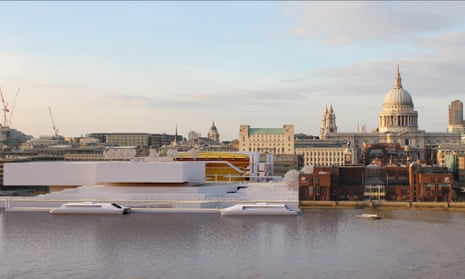
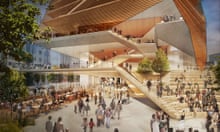

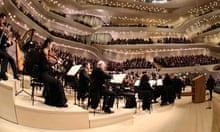
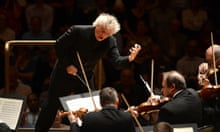


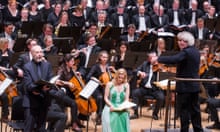
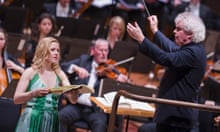
Comments (…)
Sign in or create your Guardian account to join the discussion